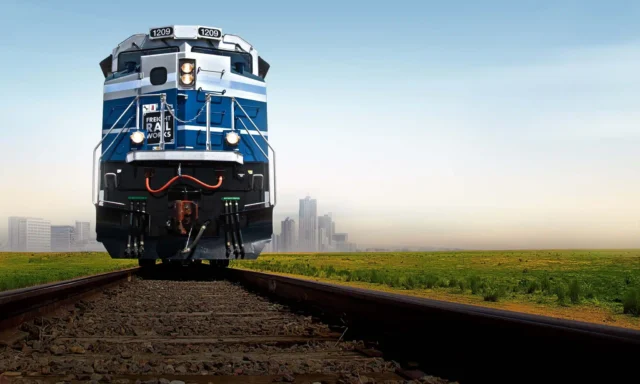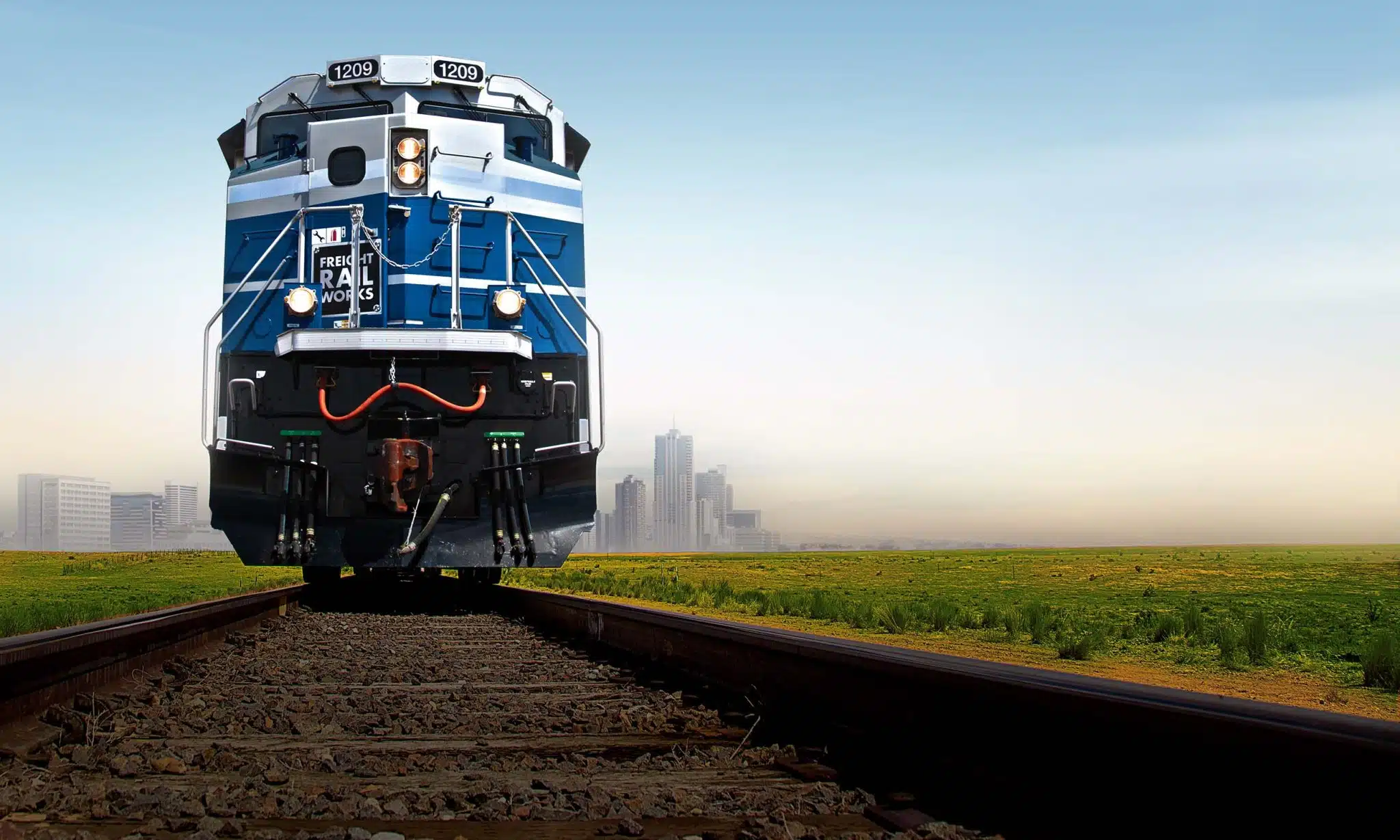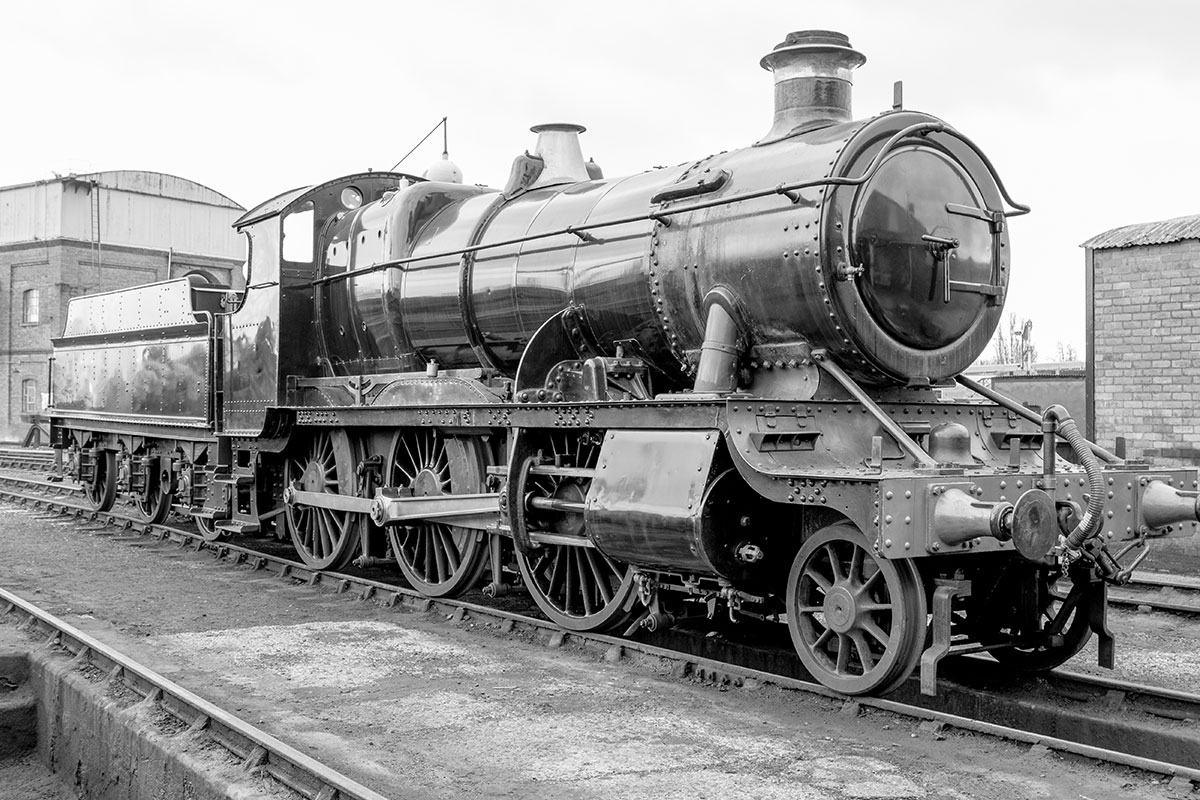
Throughout the annals of U.S. history, few innovations have been as transformative as rail transport. The evolution of U.S. railroads has not only revolutionized the way goods and people travel but has also significantly contributed to the nation’s economy, culture, and development.
From humble beginnings in the early 19th century, railroads have become a vital artery for commerce and communication, connecting communities and propelling America into a new era of industrialization and growth.
Key Takeaways
- Railroads represent a cornerstone of American innovation and socioeconomic growth.
- The evolution of U.S. railroads highlights the importance of infrastructure in national development.
- Trains played a crucial role in enabling the movement of goods and people across vast distances.
- The investment in railroads reflects the economic ambitions of a growing nation.
- Understanding U.S. railroad history provides valuable insights into contemporary transportation issues.
- The significance of trains in American history continues to resonate in modern logistics and travel.
The Rise of Rail Transport in America

Rail transport played a crucial role in the development of railway systems throughout the United States. The movement toward railroads began with early advancements in technology, reflecting an urgent need for improved logistics amidst expanding trade and population demands. The foundations laid during this period became the backbone of U.S. railroad history, setting a course for nationwide connectivity.
Early Developments ─ The Birth of Railroads
The emergence of railroads can be traced back to innovations from other countries, notably England. Early American experimentation included gravity roads and simple tramways. Key players utilized these rudimentary concepts to carve out the beginnings of the rail industry. The establishment of the Baltimore and Ohio Railroad in 1827 marked a significant milestone in the development of railway systems, addressing the growing importance of rail transport for freight movement.
First Passenger and Freight Lines
The introduction of the first passenger and freight lines established a new transportation paradigm in the mid-19th century. With the Baltimore and Ohio Railroad beginning freight services in 1830, this integrated system demonstrated the operational capacity of railroads to facilitate the movement of goods and people. Passenger services soon followed, connecting major cities and allowing for the widespread growth of transportation networks across the country. The significance of trains in American history became evident, as they enhanced commerce and supported westward expansion, transforming communities and economies.
| Year | Event | Impact on Rail Transport |
| 1827 | Establishment of the Baltimore and Ohio Railroad | Foundation for future railroads; focus on freight services |
| 1830 | Start of freight services | Demonstrated commercial viability, encouraging investment |
| 1830s | Launch of first passenger services | Connected cities, boosting travel and trade |
| Mid-19th Century | Expansion of railroads across the U.S. | Facilitated westward expansion, driving economic growth |
The Evolution of U.S. Railroads ─ How Rail Transport Shaped America

The impact of railroads on America revolutionized multiple facets of daily life, particularly in terms of commerce and economy. The introduction of the transcontinental railroad enabled the efficient movement of goods across vast distances, fostering international trade opportunities and promoting local economies. This monumental achievement led to an integrated national market, transforming how businesses operated. The significance of trains in American history is evident in the profound changes brought about by railway systems.
Impact on Commerce and Economy
Railroads played a crucial role in the advancement of commerce and economy in the United States. By facilitating quick transportation for raw materials and finished goods, they allowed businesses to expand their reach. The financial systems evolved in conjunction with the growth of transportation networks, making it easier for industries to access resources and serve broader markets. As a result, railroads not only enhanced productivity but also drove economic resilience during periods of growth and decline.
Settlement and Urban Development
The Industrial Revolution and railroads significantly influenced settlement and urban development. As rail lines extended into the American West, they opened up new territories for settlement. This accessibility led to increased migration and the establishment of new communities, resulting in rapid urban growth. Industrial towns emerged as hubs of activity, shaping the demographic landscape and cultural dynamics of the nation. The development surrounding railroads created a ripple effect, drawing people and industries to once-remote locations.
For those interested in exploring the rich history of rail transport and its impact on American society, visit https://amtrakhistoricalsociety.com/.
Technological Advances and the Industrial Revolution

The evolution of railway technology marked a pivotal moment during the Industrial Revolution and railroads. The transition from steam-powered locomotives to diesel-electric engines allowed for greater efficiency and lower operational costs. Improvements in track design, signaling, and safety protocols played an equally important role in adapting rail transport to meet the increasing demands of both commerce and passenger travel. These technological advancements showcased the importance of rail transport in sustaining an effective transportation framework across the country.
| Aspect | Details |
| Impact on Economy | Enhanced the national market by improving accessibility and reducing shipping times. |
| Settlement Patterns | Facilitated migration westward, leading to the establishment of new towns and cities. |
| Technological Innovations | Shifted from steam to diesel power, enhancing efficiency in transport operations. |
| Safety Improvements | Upgraded signaling and track designs improved safety for both freight and passengers. |
| Overall Significance | Railroads played a foundational role in shaping the modern American landscape and economy. |
FAQ
What were the origins of rail transport in the United States?
Rail transport in the United States began as an adaptation of previously established systems in England, with early developments including gravity roads and tramroads, such as Capt. John Montressor’s road in 1764 and Thomas Leiper’s tramroad in Pennsylvania. The establishment of the Baltimore and Ohio Railroad in 1827 marked a significant milestone in U.S. railroad history.
How did railroads impact commerce and the economy in America?
Railroads transformed American commerce by facilitating the transportation of goods over long distances, fostering international trade, and enabling local economies to prosper. The creation of the transcontinental railroad allowed for the efficient movement of substantial freight volumes, which led to the establishment of new financial systems and a national market.
What role did railroads play in the settlement of the American West?
Railroads were crucial in facilitating the settlement of the American West by connecting remote regions to established urban centers, promoting migration, and leading to the growth of industrial towns. This extensive rail network played a key part in altering population distribution and contributing to a robust economy.







